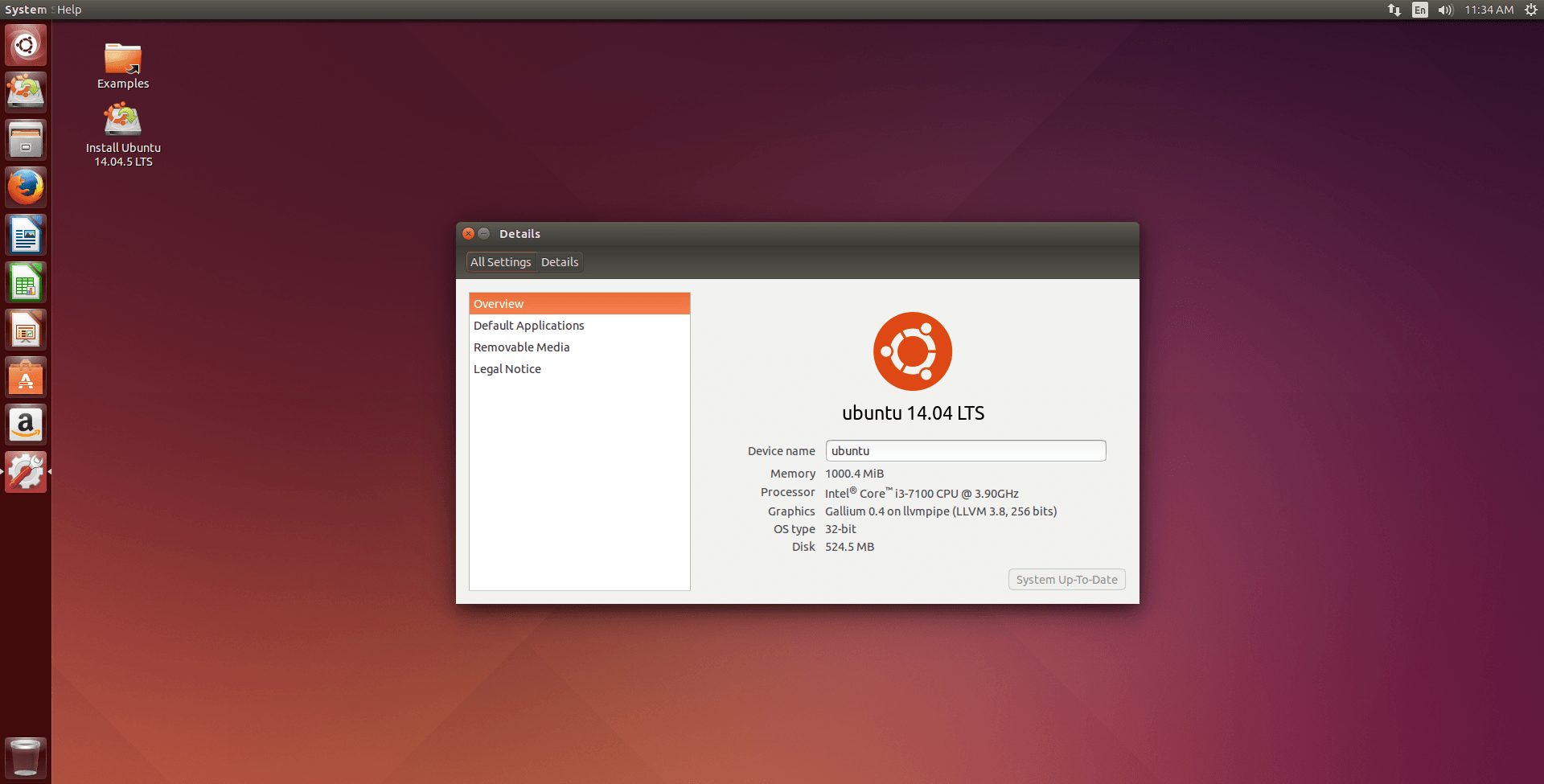

To learn how you can create a persistent Ubuntu USB, read our tutorial.Linux: How to Install Ubuntu Linux Server 14.04 LTS So while you can run a Live ubuntu session using these disks, any changes you make or files you stored will be removed once you shut down. Keep in mind neither of these methods supports data persistence.

If you’re using any of the other official Ubuntu flavors, you can download it from the Software Center. GNOME Disks is also pre-installed in Ubuntu and Ubuntu GNOME.

It is reliable, and while not as simple as Startup Disk Creator, it is still quite simple to use. Ubuntu’s Startup Disk Creator is easy to use but it isn’t without its flaws. Writing the disk image can take a while depending on your USB drive and your hardware.Įditor’s pick: How to Enable Flatpak Support in UbuntuĬreate bootable Ubuntu USB drive using GNOME Disks When you’re ready, click on Make Startup Disk and confirm when the dialog box appears warning you that the drive will be wiped clean.Insert the USB drive if you haven’t already. In case it does not detect the ISO file, or you have it placed somewhere else, click on the Other… button. It also scans for any USB drives that you may have attached to your PC. When you launch it, Startup Disk Creator will automatically look for ISO images in your Downloads folder.you may have to install it from the software center. If you’re running one of the official flavors of Ubuntu, such as Ubuntu MATE, Kubuntu, etc. If you’re using Ubuntu 14.04 or later, you can simply search for Startup Disk Creator and launch it.Visit the official Ubuntu downloads page for download links.Ĭreate bootable Ubuntu USB drive using Startup Disk Creator Ubuntu Desktop 14.04 or later installed.Create bootable Ubuntu USB drive using GNOME Disks Requirements


 0 kommentar(er)
0 kommentar(er)
